Sigma A 35 mm f/1.2 DG DN
3. Build quality
In this group the Sigma A 35 mm f/1.2 DG DN is the biggest and optically most complex but it should be noticed that the Samyang, even if with an equal aperture fastness, remains heavier and it comes with a bigger filter diameter. When compared to these two the equally fast Voigtlander might seem to be a real midget.
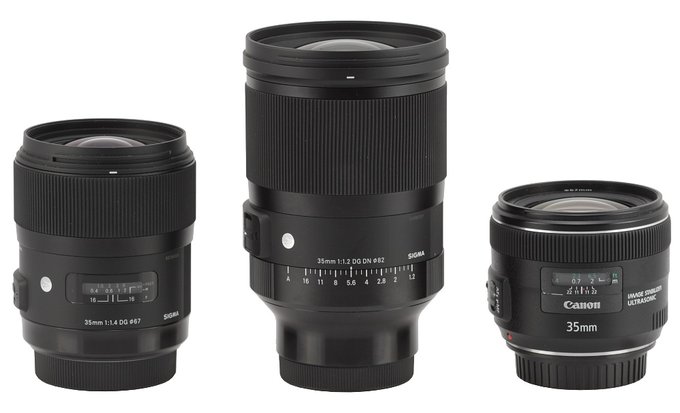 |
Please Support UsIf you enjoy our reviews and articles, and you want us to continue our work please, support our website by donating through PayPal. The funds are going to be used for paying our editorial team, renting servers, and equipping our testing studio; only that way we will be able to continue providing you interesting content for free. |
- - - - - - - - - - - - - - - - - - - - - - - - - - - - - - - - - - - - - - - - - - - - - - - -
The tested lens starts with a metal mount surrounding a contact plate and a rear element, 30 mm in diameter, which doesn't move. That element is hidden inside the inner tube about 1 cm deep. The area around it is black, quite matted, and ribbed so from this side everything looks really fine.
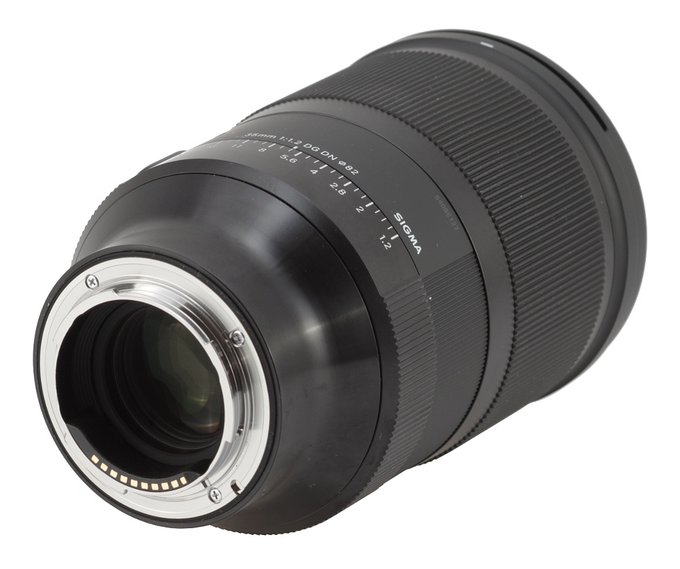 |
An aperture ring, as wide as 19 mm, is the next part. Most of its surface is covered by ribbing but the producers also managed to squeeze in aperture markings, ranging from f/16 to f/1.2, and an „A” value (automatic). The ring moves in 1/3rd of a stop increments but you can de-click it completely. We found its performance very comfortable and really beyond reproach.
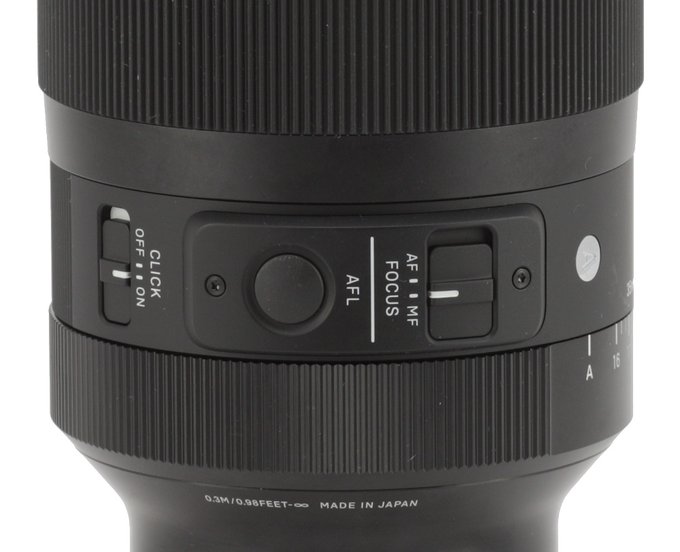 |
The biggest part of the lens's barrel is a manual focus ring, as wide as 55 mm and mostly covered by fine ribbing. You can't find any distance of DoF scale on it and it is a focus-by-wire mechanism. Its movements are very smooth but it works with proper resistance. In order to run through the whole distance scale you need a significant focus throw, that of 580 degrees. It is a very big value, ensuring you precise fine-tuning but also quite a lot of turning.
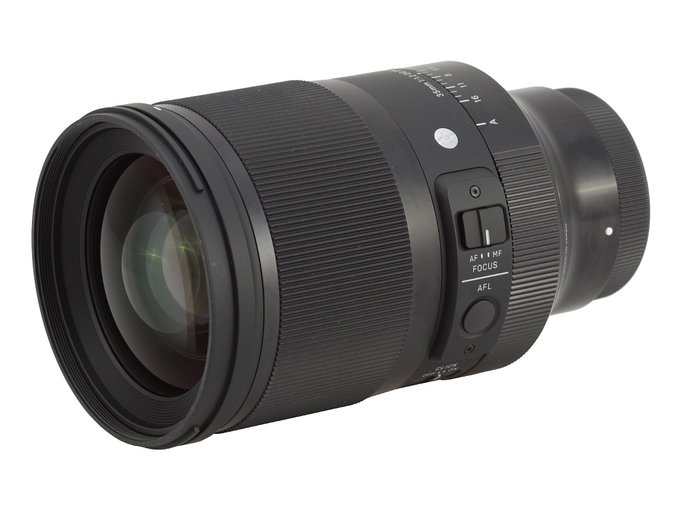 |
The lens is a weather-resistant construction, dust- and splash proof. The front element is additionally covered by hydrophobic coatings which are supposed to repell water, dust, and grease.
Have you watched „Mindhunter” perchance? It is a quite good American crime thriller television series. Still if you don't find it appealing (after all a series about serial murderers and the first years of the FBI's Behavioral Science Unit doesn't have to interest everybody), just take a look at its opening credits. The series is set in 70s of 20th century so a reel-to-reel recorder features prominently on the screen. Somebody is preparing it for a recording session and both the lighting technician and the camera operator make sure you see plenty of details of that machine. All parts of the recorder, new and evidently of top quality, perform exceedingly well. It is obvious the recorder comes from an era when most of parts were not mass-produced but manufactured of solid, durable materials and the term 'quality control' meant something quite different than nowadays.
Why have I made that movie digression? Just because while handling the Sigma A 35 mm f/1.2 DG DN, feeling its weight, moving its rings, I had an impression I dealt with a piece of equipment similar to the reel-to-reel recorder, featuring in the „Mindhunter” opening credits. Yes, it was that good.
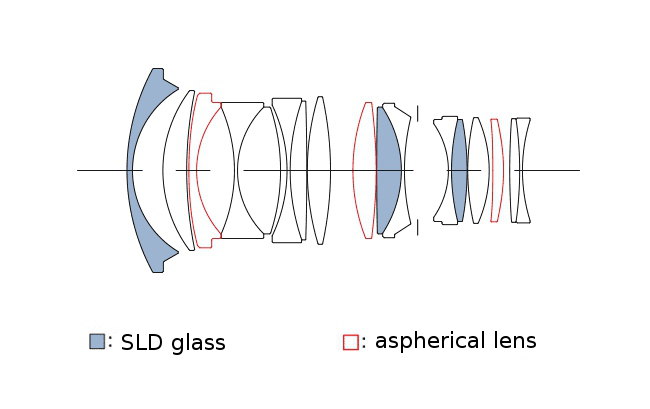 |
Buyers get both caps, a petal-type hood, a solid case with a strap in the box.
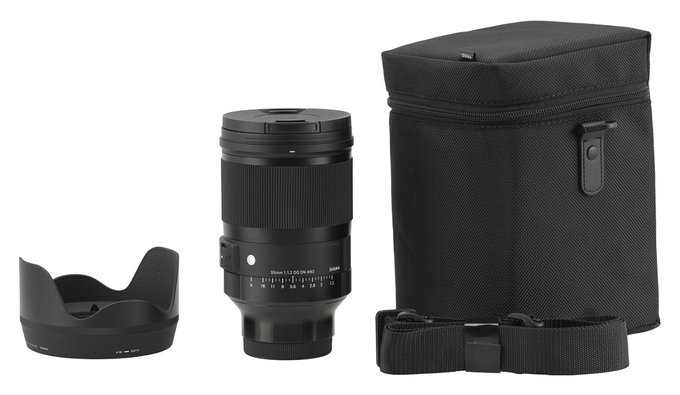 |






